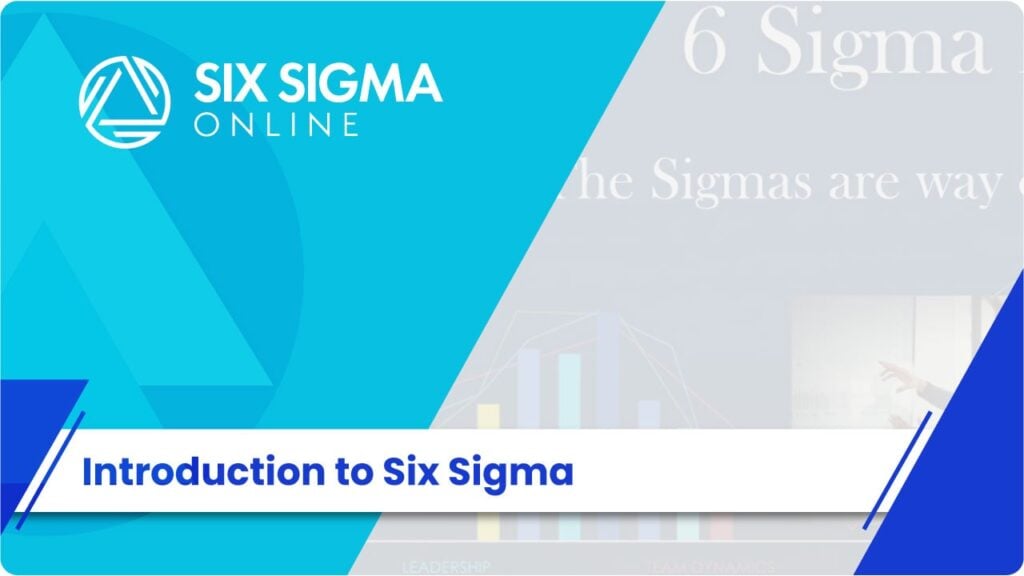What is Six Sigma?
Six Sigma (6σ) is fundamentally a system of techniques and tools used in process improvement. A six sigma process, by definition, means to create a process that is 99.99966% free of defects (or to have fewer than 3.4 errors in one million opportunities).
However, the definition of Six Sigma has actually grown over the years to include several other definitions as well. Six Sigma is often defined as the:
- Utilization of the 5-step “DMAIC” approach to problem solving (Define, Measure, Analyze, Improve, and Control).
- Forming “teams” to tackle well-defined projects that aim to have a direct impact on their organization’s bottom line.
- Training of employees in “statistical thinking” at all levels while providing select people, know as “Black Belts” and “Master Black Belts”, with additional training in advanced statistics and project management.
Regardless of the definition, the common philosophy is that Six Sigma is a data driven approach that is used to improve processes. These improvements both directly and indirectly increase profitability.





